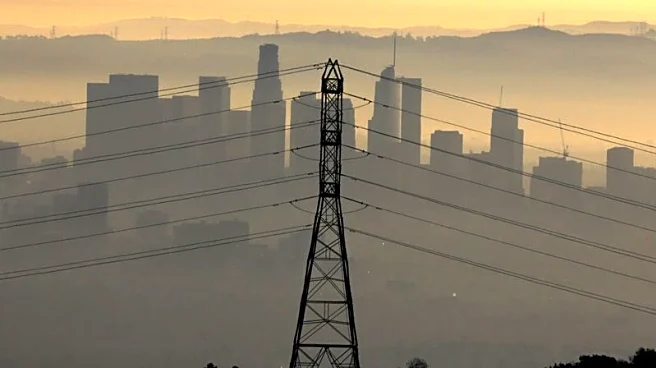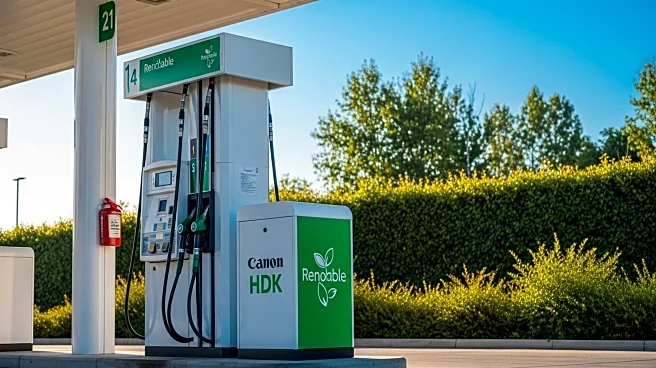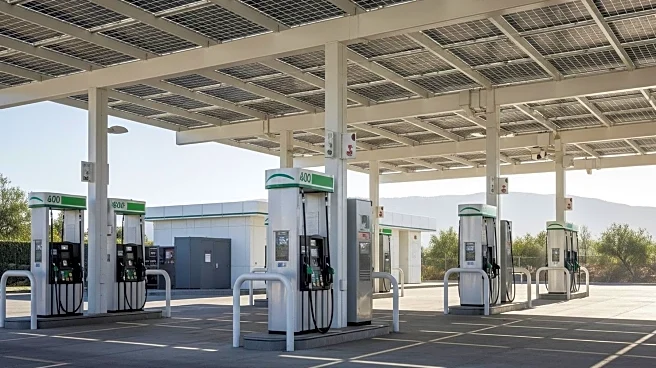What's Happening?
The United States Energy Information Administration reports that electric heating costs are increasing by an average of 4% nationwide. Factors contributing to this rise include the growing use of electric cars,
newer appliances consuming more electricity, and notably, the expansion of data centers. According to Bloomberg, areas near data centers are experiencing a 267% increase in monthly electricity costs. In Matthews, North Carolina, residents opposed a proposed data center due to its projected electricity consumption, equivalent to powering all homes within the town limits. A smaller data center planned for Uptown Charlotte is expected to use electricity equal to that of 10,000 homes.
Why It's Important?
The increase in energy bills highlights the impact of data centers on local electricity demand and costs. As data centers proliferate to support digital infrastructure, they significantly contribute to rising electricity consumption. This trend poses challenges for energy providers and policymakers in managing electricity supply and costs. The situation underscores the need for sustainable energy solutions and efficient data center designs to mitigate their environmental and economic impact. Communities near data centers may face higher living costs, prompting public opposition and calls for regulatory measures.
What's Next?
The expansion of data centers is likely to continue, driven by increasing demand for digital services and cloud computing. Policymakers may need to address the energy consumption of data centers through regulations or incentives for energy-efficient technologies. Communities affected by rising energy costs may advocate for more transparent planning processes and community engagement in data center projects. Energy providers might explore renewable energy sources and advanced grid management to accommodate the growing electricity demand.
Beyond the Headlines
The rise in energy bills due to data centers reflects broader trends in digital infrastructure development and its environmental footprint. It raises questions about the sustainability of current energy consumption patterns and the role of technology companies in addressing climate change. The situation also highlights the need for innovation in energy-efficient technologies and practices within the tech industry.













